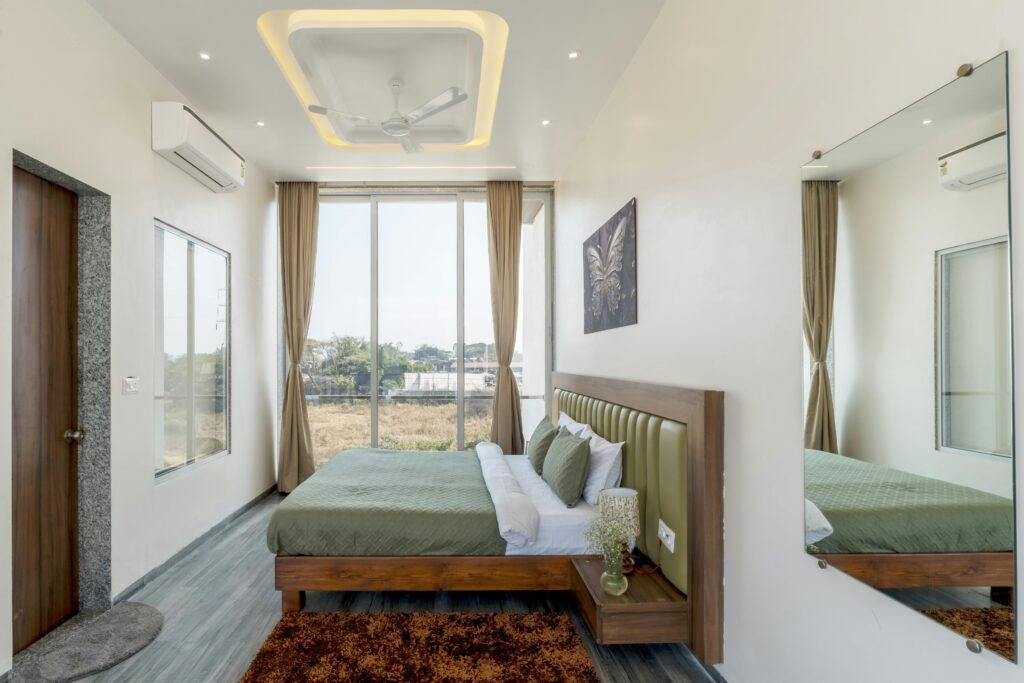Ideal AC Temperature and Settings for Asthma Relief
For asthma patients, maintaining a comfortable indoor environment is crucial to reducing triggers and ensuring better respiratory health. Air conditioners (ACs) play a vital role in managing indoor air quality, humidity, and temperature. However, improper AC settings can aggravate asthma symptoms instead of providing relief. In this guide, we will explore the ideal AC temperature and settings to help asthma patients breathe easier.
Why AC Settings Matter for Asthma Patients
Asthma can be triggered by various environmental factors, including temperature fluctuations, humidity levels, dust, and allergens. ACs can help by:
- Controlling indoor temperature to prevent airway irritation.
- Regulating humidity levels to prevent mold and dust mite growth.
- Filtering airborne allergens and pollutants.
However, setting the AC too cold or too dry can cause airway constriction and worsen asthma symptoms. Finding the right balance is key.
Ideal AC Temperature for Asthma Relief
Experts recommend keeping the AC temperature between 22°C and 26°C (72°F to 78°F) for asthma-friendly indoor air. This range helps:
- Prevent sudden temperature shifts that can irritate airways.
- Maintain comfortable breathing conditions without causing dryness.
- Reduce the risk of mold growth, which thrives in overly humid environments.
Avoid setting the AC below 20°C (68°F), as cold air can be a direct asthma trigger for some people, causing bronchial constriction and discomfort.
Optimal Humidity Levels
Besides temperature, humidity control is essential for asthma management. The ideal indoor humidity level should be between 40% and 50% to prevent the growth of mold, mildew, and dust mites.
To maintain proper humidity:
- Use an AC with a built-in dehumidifier feature.
- Consider a standalone dehumidifier if your home is excessively humid.
- Avoid overcooling, which can lead to excess dryness and irritation.
Best AC Settings for Asthma Patients
- Use Auto Mode Instead of Fan Mode
The fan mode circulates unfiltered air and can spread dust and allergens. Auto mode allows the AC to regulate temperature efficiently without unnecessary airflow. - Enable Air Purification Features
Many modern ACs come with HEPA filters, ionizers, or anti-allergen settings. Using these features can help reduce airborne pollutants. - Keep Ventilation Balanced
Ensure your AC allows fresh air circulation. Some systems have ventilation modes that bring in filtered outdoor air, preventing indoor air from becoming stale. - Avoid Direct Airflow to Your Face or Body
Position vents away from your bed or seating areas to prevent cold air from hitting your respiratory passages directly, which can lead to irritation.
My Personal Experience
As someone with asthma, I have found that keeping my AC around 22°C (72°F) works best for me. Direct cold air immediately triggers my asthma, causing breathing discomfort. Additionally, one thing I always take care of is transitioning from an air-conditioned room to the hot outdoor climate. Sudden temperature changes can be a trigger for me, so I gradually increase the AC temperature before stepping outside to allow my body to adjust. However, this becomes difficult when I am working from an office or visiting places with a central AC system, as I can’t control the temperature.
Conclusion
Setting your AC to the right temperature and humidity levels can make a significant difference in asthma management. By keeping the temperature between 22°C and 26°C, maintaining proper humidity, and using clean air filters, asthma patients can enjoy a comfortable and safe indoor environment.
Make these small adjustments today and breathe easier all summer long!
Please share your experience in the asthma friend community.












